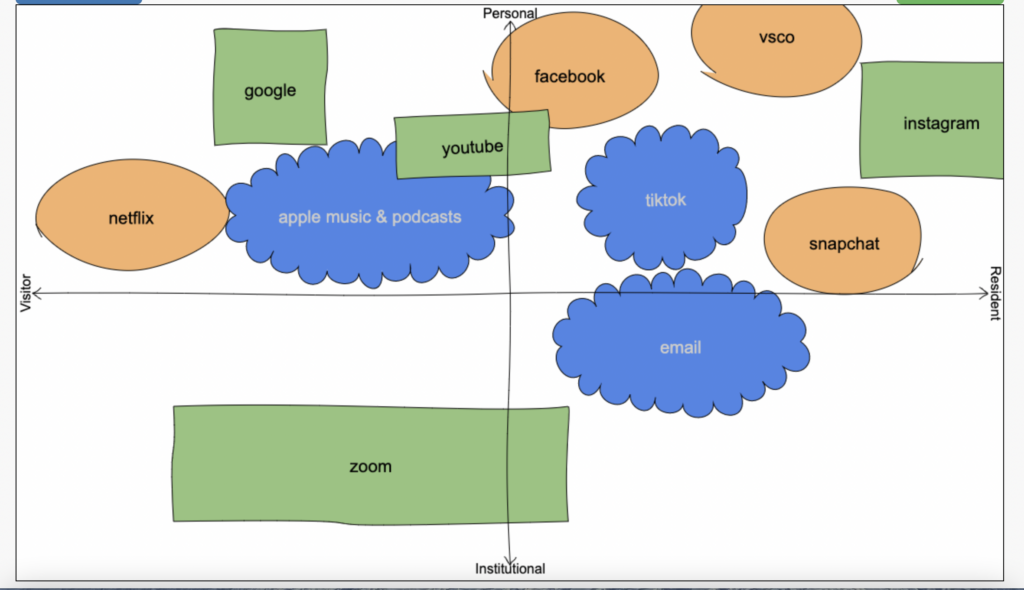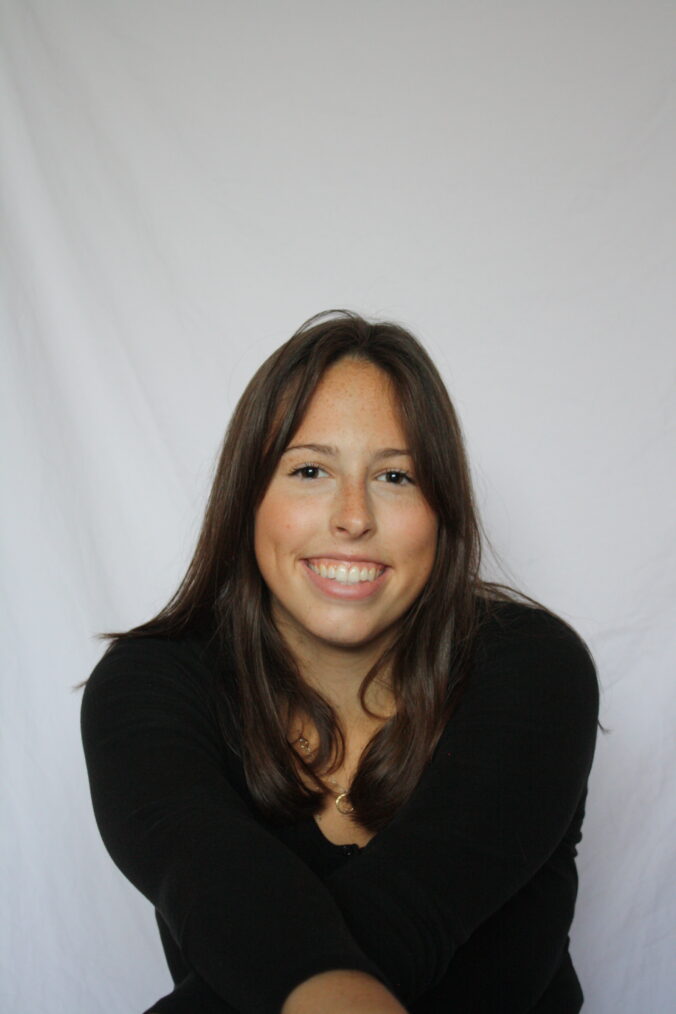The scope of social media is what makes it a distinct tool—you can reach someone who lives in the same town as you, or someone who lives on the other side of the world. It must be studied because it affects our everyday life, and how we communicate with the people around us. I think this course has really highlighted that; in talking about PLNs and the course curriculum, I also started to consider this course, how it is delivered, and how we communicated throughout it. Not only is social media an avenue for us to communicate our personal lives, but institutions such as universities are using it to make education more accessible and, in many ways, more diverse. While Mattermost, or Zoom, are perhaps not social medias that we use in our personal lives, it is a part of the web that we are all now residents on because we used it for this course. Being introduced to new tools, specifically Mattermost for me, is so beneficially for individuals developing their PLN’s or just trying to network; understanding how these platforms work and how to reach people is so important for our careers now that world is becoming more and more tech based. Whether we will use Microsoft teams, Facebook, Instagram, Zoom, or any other avenue for communicating in our careers, the premise is the same; online connection is the way of the future. We will meet people online that we may never meet in person but could have a large impact in our lives. For example, we got to hear interviews with Brad Baker and Sophie Lui, people we will most likely never meet but through an avenue like Youtube, or if we searched them up on Twitter, we get to hear some of their discourse and potentially join in the conversation.
In our reading this week, this sentence stuck out to me “Certainly, the elements that have dramatically altered the way society and economy work are of a technological nature, in particular, the speedy development of information and communication technology” (Giudice, 2014). Social media is ever changing and developing, and if we look at the recent years of technological advancement, we can only imagine what will happen in the future with ICT. This is what makes this kind of communication so exciting; there are endless opportunities to expand and diversify your PLN, and for individuals entering their careers, it is a great way to network. Also explained the article, is the vast change between the mass media being a product of sender-receiver information, and now the communication is between the individuals (Giudice, 2014). Smaller, marginalized voices have a platform where they can share their opinions, beliefs, and thoughts. Brad Baker pointed out how useful Twitter is for Indigenous leaders to share their truth with the public, showing the complexities of Indigenous cultures (Miller, 2021). It gives everyone a platform; for themselves, and their career. Brad Baker can reach a wide audience, but also focus on the people who he needs to the most on platforms like Twitter; he advocates for Indigenous education, directing it toward people who can make change but also getting the public in on the discourse in order to make that change happen. Hashtags goes viral, as Markiel Simpson reminds us, that he uses to advocate for African American rights (Miller, 2021). There are so many ways to reach the public, and to network, on social media.
These are my main takeaways from this course. I felt as though in the group project, we were demonstrating all of these ideas and also working on our own PLN’s, which is exciting. Hope everyone has a great rest of their summer, and if they ever need a hand with projects, want to have discourse about the content, reach out! Would love to chat with you all.
Thanks again everyone!
— Sarah 😃
Miller. (2021). Brad Baker EDCI 338. https://www.youtube.com/watch?v=C5z8iHxW2n4&feature=youtu.be
Miller, J. [MILLER]. (2021, June 1). EDCI – 338 Markiel Simpson [Video]. Youtube. https://www.youtube.com/watch?v=rsoDHGaXNNs
Manlio Del Giudice, 2014. “From Information Society to Network Society: The Challenge,” SpringerBriefs in Business, in: Social Media and Emerging Economies, edition 127, chapter 5, pages 71-88, Springer.


Recent Comments